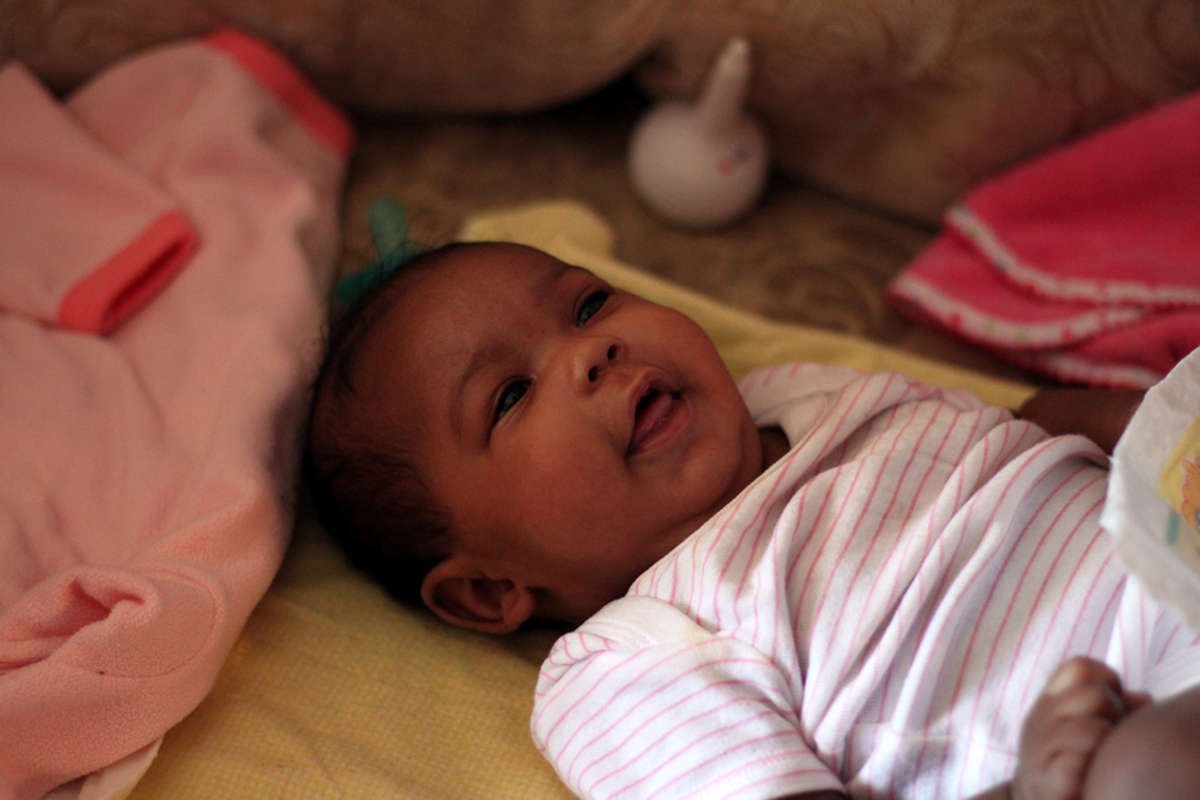Table of Contents
Before you begin treatment, you must be sure that your child really is suffering from constipation. For that, it is necessary to be aware of the pertinent signs and symptoms of constipation in children.

Signs of Constipation in Children
The signs of constipation may not be the same in every child.
Parents or caregivers must notice any change in the child’s playing routine or eating habits. Listed below are some signs that point towards constipation.
- Child holding or pressing his abdomen repeatedly – children usually can’t tell if they are suffering from abdominal pain. If you notice that your child is frequently holding his abdomen, this could be because of abdominal pain. Children cry in case of moderate to severe pain. In mild cases, the child may not cry at all.
- Leaking urine or urinary incontinence – the presence of excess waste matter in the rectum may press the urinary bladder which can result in leaking of urine unintentionally.
- Certain postures – postures like standing on tiptoes, clenching muscles of buttocks, or unusual behaviors indicate constipation.
- Feces in child’s pants
When Should You See A Doctor?
Constipation in children is very common and can easily be treated at home as well. However, there are some conditions that require a doctor’s attention. You should visit your doctor if you notice any of the following symptoms in your child:
- Swollen abdomen
- Fever
- Vomiting
- Weight loss
- Constipation for more than 48 hours
Treating Constipation In Children
There are three major ways of treating constipation in children. Nevertheless, it should be kept in mind that the treatment of constipation in children is highly dependent on its cause.
Changes in eating, diet, and nutrition
First of all you must make sure that your child is taking enough fluids in accordance to his body requirements. There is no specific amount of water declared by the World Health Organization (WHO), but three to four glasses of water are adequate for a school going child.
Besides fluids, foods that are rich in fiber play an important role in relieving constipation. These include whole-grain bread, fresh vegetables and fruits, beans, and oats.
Behavioral changes
Try to encourage your child to pass stools shortly after meals. This helps promote regular and less problematic bowel movements. If a child is in the process of being toilet trained, it is a good idea to give him or her a break from training.
Medication
Drugs are not used as a first line treatment for constipation in children. Doctors only consider tablets or syrups if the condition is not relieved with dietary and behavioral changes. There are a few conditions, such as intestinal obstruction, where doctors begin the treatment with laxatives or even enema.
Preventing Constipation Is Easy
See Also: Best Food for Constipation
Here are some common ways that can help prevent constipation in children:
- Giving adequate amounts of water and fluids to the child.
- Giving extra liquids in hot weather.
- Giving your child enough time in the toilet so that he can produce a satisfactory and complete bowel movement.
- Letting your child play active games that enhance bowel activity.
- Making sure that your child is not spending too much time playing video games or using the cell phone.
- Eliminating fear of the toilet.
- Photo courtesy of Highlander411 by Flickr: www.flickr.com/photos/highlander411/254527324
- Photo courtesy of Casschin by Flickr: www.flickr.com/photos/casschin/4376388064


Your thoughts on this